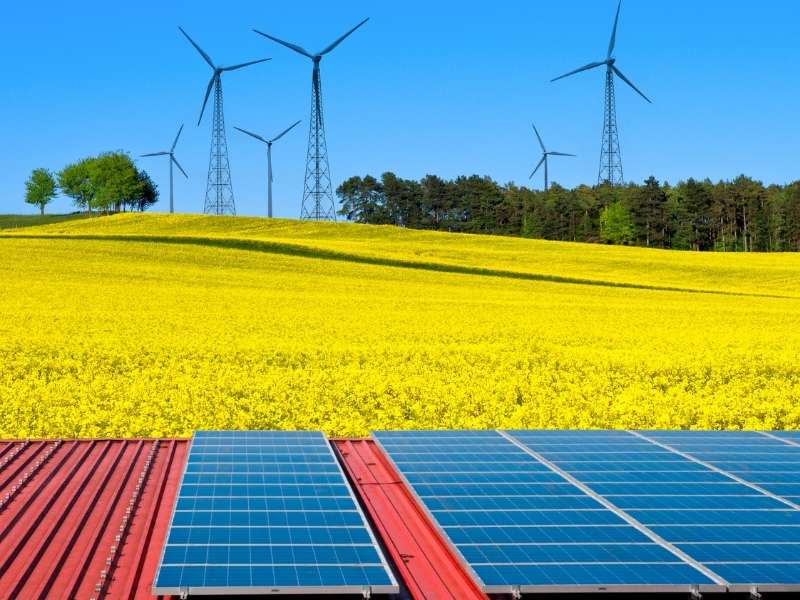GECO - Sustainability virtual italian fair
-
Virtual fair
- About us
- Expo event
- Press & Media
- Thematic areas
- How to participate
- Exhibitors
-
Sponsors
- Sponsorship
- Visibility
- Community
- Blog
- Login
-

When it comes to renewable energies, we often find ourselves discussing very different issues: on the one hand, we talk about policies to support the spread of renewables, which encourage the use of green alternatives to fossil fuels, and on the other hand, we talk about technologies and the feasibility of projects. Both aspects are very important and neither can lead to an effective implementation of renewables without the other. Despite the popularity and increasingly affordable prices of energy sources such as solar and wind power, several misconceptions persist on their reliability as a large-scale alternative to fossil fuel burning. Recently, an overview of data collected by the World Bank and other reliable sources appeared on Yale University's website, attempting to dispel some of the more persistent myths about renewables.

This is a classic case of a false myth being generated because the truth is counterintuitive. If we think of a traditional power plant, which produces a predictable amount of electricity by burning pre-determined volumes of fossil fuels, it is easy to see how such a system could be used to create and operate an electricity grid capable of meeting the needs of a region or nation in a well-planned fashion. When we think of renewables, we think of the volatility of climate, sun and wind, and the idea of relying on phenomena over which we have no control to meet our electricity needs worries us. To determine the reliability of a system, however, we must not rely on our impressions and fears, but rather on data. If we look at Europe and specifically at a country like Germany, which is engaged in energy transition, we find that its renewable supply is statistically equal to or more reliable than traditional sources. The so-called SAIDI (System Average Interruption Duration Index), which is used to measure disruptions in supply (specifically, the frequency and duration of outages), shows that the German system, which is 45% renewable (data collected by the German Ministery for Environmental Protection) had five times fewer outages than the United States, which uses renewables for only 20% of its electricity needs, and generally performed better than European countries that rely more on fossil fuels and nuclear power (Data collected by the World Bank).
Again, data shows that optimised energy management is more effective than fossil fuel-based backup to ensure continuity of supply in the event of fluctuations. The Clean Energy Wire website, which collects journalistic sources on the energy transition, shows that since Germany began reducing its use of fossil fuels in 2010, increased energy production from renewables and energy-saving policies have created an energy surplus while reducing emissions. As a result, the reliability of the distribution system has increased despite the reduction of 'back-up' sources. A similar phenomenon occurred in Japan, with the closure of more than 40 nuclear plants after the Fukushima accident in 2011. The entire drop in supply has been almost entirely made up for by renewables and energy efficiency policies, despite the country's lack of particularly eco-friendly policies in matters of renewable sources.
What many people ignore is that power plants' management technologies are already designed to optimise energy management, supplying the grid with variable levels of energy depending on needs and statistic data and not maintining a 24/7 constant output. Depending on local needs, it is possible to store or save electricity precisely in view of momentary supply outages. The same measures can be applied to renewables, even more predictably, as it is already possible to know in which seasons the wind and sun will be least present.
If you are interested in alternative energies, join GECO! The largest virtual sustainability trade show!
Published on 12-01-2022